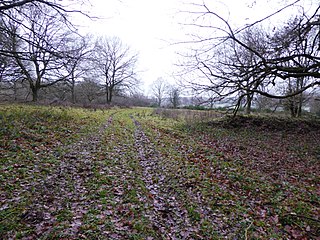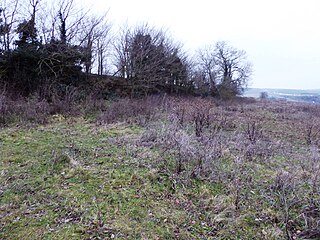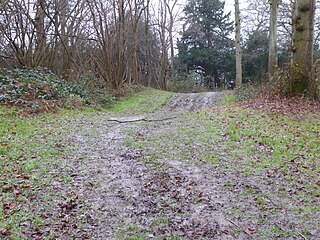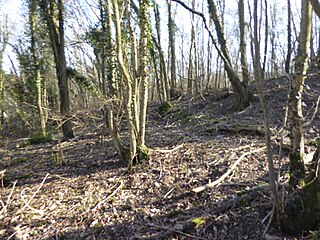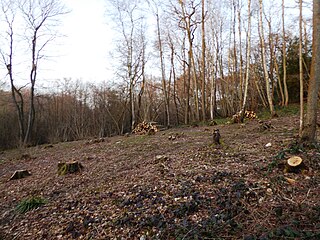| Nemo Down | |
|---|---|
 | |
| Type | Nature reserve |
| Location | Dover, Kent |
| OS grid | TR 293 419 |
| Area | 21 hectares (50 acres) [1] |
Nemo Down is a 21-hectare (50-acre) [1] nature reserve on the western outskirts of Dover in Kent. It was shown as owned and managed by the Kent Wildlife Trust until 2018. [2]

Dover is a major ferry port in Kent, South East England. It faces France across the Strait of Dover, the narrowest part of the English Channel, and lies south-east of Canterbury and east of Maidstone. The town is the administrative centre of the Dover District and home of the Dover Calais ferry through the Port of Dover. The surrounding chalk cliffs are known as the White Cliffs of Dover.

Kent is a county in South East England and one of the home counties. It borders Greater London to the north-west, Surrey to the west and East Sussex to the south-west. The county also shares borders with Essex along the estuary of the River Thames, and with the French department of Pas-de-Calais through the Channel Tunnel. The county town is Maidstone.

Kent Wildlife Trust (KWT) is a conservation charity in the United Kingdom that was founded in 1958, previously known as the Kent Trust for Nature Conservation. It aims to "work with people to restore, save and improve our natural spaces" and to "ensure that 30% of Kent and Medway - land and sea - is managed to create a healthy place for wildlife to flourish". In 2016 it had thirty-one thousand members and an annual income of £4 million. KWT manages fifty-four nature reserves, of which twenty-four are Sites of Special Scientific Interest, two are National Nature Reserves, nine are Nature Conservation Review sites, seven are Special Areas of Conservation, three are Special Protection Areas, seven are Local Nature Reserves, one is a Geological Conservation Review site, thirteen are in Areas of Outstanding Natural Beauty and one is a Scheduled Monument.
This site has chalk grassland, scrub and woodland. There is a diverse range of plants including pyramidal orchids and wood anemones, and butterflies such as the marbled white and wall brown. [2]

Anemone nemorosa is an early-spring flowering plant in the buttercup family Ranunculaceae, native to Europe. Common names include wood anemone, windflower, thimbleweed, and smell fox, an allusion to the musky smell of the leaves. It is a herbaceous perennial plant growing 5–15 centimetres (2–6 in) tall.

Melanargia galathea, the marbled white, is a butterfly in the family Nymphalidae.
There is access, which can be very muddy, on Coombe Road.
| Wikimedia Commons has media related to Nemo Down . |




